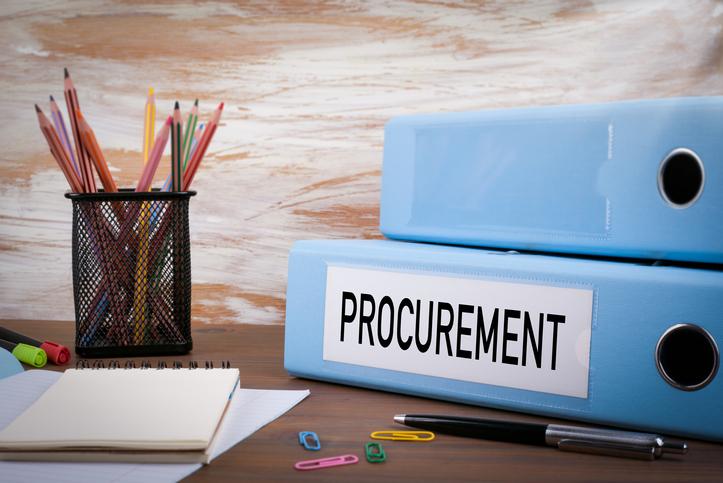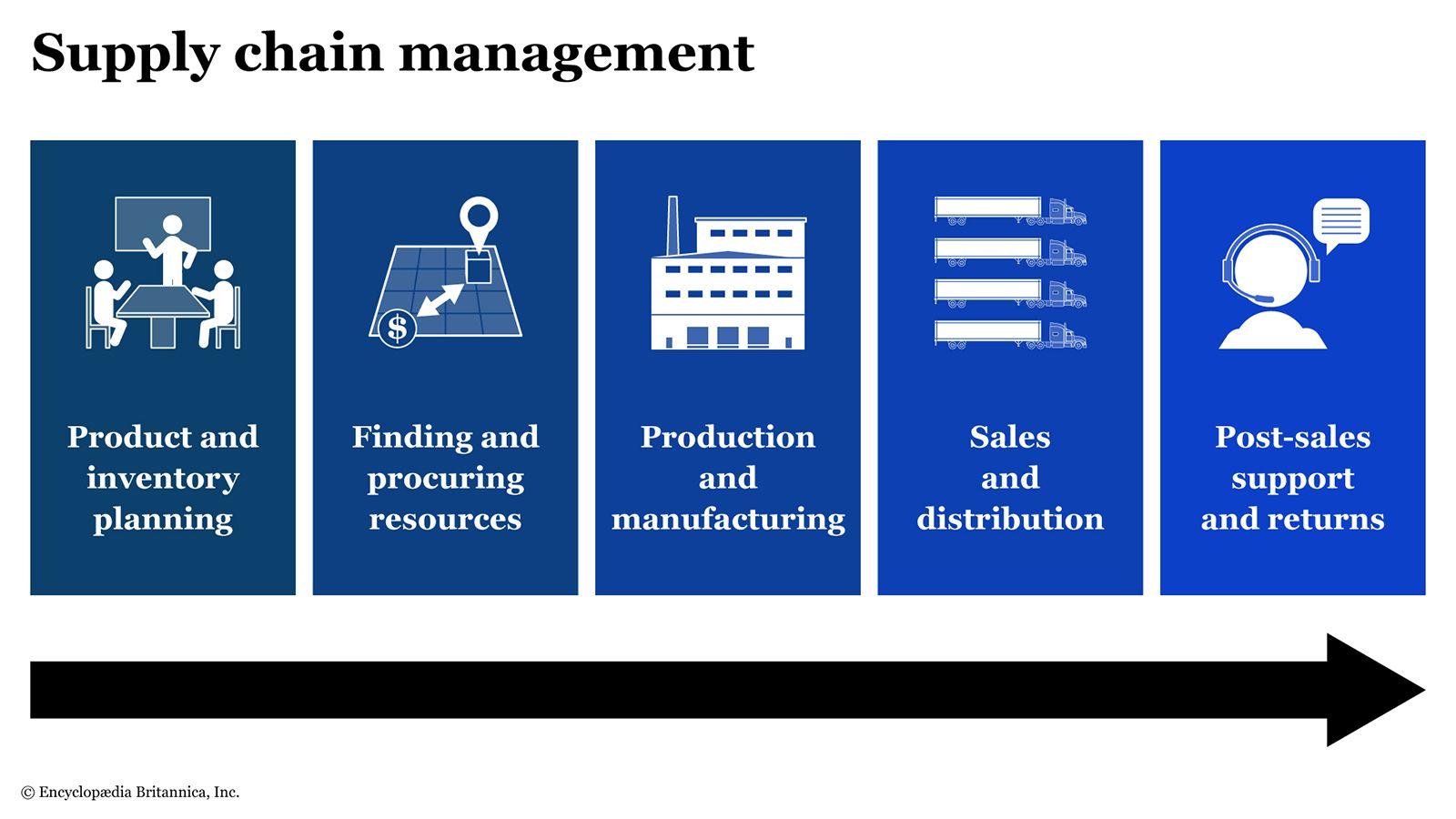In the intricate world of global trade and commerce, the seamless movement of goods from suppliers to end consumers is a vital component for businesses of all sizes. Procurement logistics, transport, and shipping play a pivotal role in ensuring that products reach their intended destinations efficiently and cost-effectively. In this article, we will delve into the intricacies of this interconnected web of processes, exploring the crucial role they play in the modern supply chain landscape. Join us as we unravel the dynamic world of procurement logistics, transport, and shipping.
Overview of Procurement Logistics
Procurement logistics plays a vital role in ensuring the smooth flow of materials and goods from suppliers to the final destination. It involves the process of sourcing, purchasing, and transporting goods efficiently and cost-effectively. This includes coordinating with suppliers, negotiating contracts, managing inventory, and overseeing the delivery process.
Transport is a crucial aspect of procurement logistics, as it determines how products are transferred from one point to another. Whether goods are transported by air, sea, road, or rail, it is essential to choose the most suitable mode of transport based on factors such as distance, cost, and urgency. Shipping, on the other hand, involves the physical movement of goods via ships or boats across different regions or countries. It is important to consider factors such as shipping routes, shipping schedules, and customs regulations to ensure timely delivery and compliance with international trade laws.

Key Factors in Transport Planning
When it comes to logistics and transport planning, there are several key factors that need to be taken into consideration in order to ensure smooth operations and cost-effective solutions. One of the most important aspects is efficient route planning, which involves considering traffic conditions, distance, and delivery schedules to optimize delivery times. Another crucial factor is choosing the right mode of transportation, whether it’s by road, sea, air, or rail, depending on the nature of the goods being transported and the destination.
<p>In addition, having a reliable and cost-effective procurement strategy is essential for successful transport planning. This includes selecting the right suppliers, negotiating favorable contracts, and managing inventory levels to avoid stockouts or excess inventory. Effective communication and coordination between all parties involved, including suppliers, carriers, and customers, is also key to ensuring a seamless flow of goods from origin to destination.</p>

Efficient Shipping Strategies
Optimizing your shipping strategies can significantly impact your company’s bottom line. It’s crucial to find the most efficient ways to transport your goods from point A to point B. By implementing the right procurement logistics and shipping methods, you can streamline your operations, reduce costs, and improve customer satisfaction.
Here are some key strategies to consider:
- Utilize a mix of transportation modes, such as trucking, rail, air, and sea freight, to find the most cost-effective and timely solution for each shipment.
- Invest in technology solutions, like transportation management systems (TMS), to track shipments in real-time, optimize routes, and improve overall visibility.
- Work closely with your suppliers and carriers to negotiate favorable rates and build strong relationships that can lead to better service and reduced costs.

Enhancing Supply Chain Performance Through Effective Procurement Logistics
Effective procurement logistics is crucial for enhancing the supply chain performance of any organization. By streamlining the process of sourcing and purchasing goods, businesses can reduce costs, improve efficiency, and ensure timely delivery of products to customers. This involves careful planning, coordination, and management of the entire procurement cycle, from identifying suppliers to negotiating contracts to monitoring delivery schedules.
Transportation plays a key role in procurement logistics, as it involves the physical movement of goods from suppliers to warehouses or distribution centers. Choosing the right mode of transportation, whether it’s by road, rail, air, or sea, can significantly impact the overall efficiency and cost-effectiveness of the supply chain. Additionally, effective shipping practices, such as proper packaging, labeling, and tracking of goods, are essential for ensuring that products reach their destination in good condition and on time.
To Conclude
In conclusion, the world of procurement logistics, transport, and shipping is a complex and ever-evolving network that plays a crucial role in global trade and commerce. From sourcing goods to reaching their final destination, each step of the supply chain requires meticulous planning and coordination. As technology continues to advance and markets become increasingly interconnected, the need for efficient and sustainable logistics solutions will only continue to grow. By staying informed and adapting to the changing landscape of the industry, businesses can streamline their operations, reduce costs, and ultimately gain a competitive edge in the global marketplace. Thank you for exploring the world of procurement logistics with us. Stay tuned for more insights and updates on this dynamic field.
